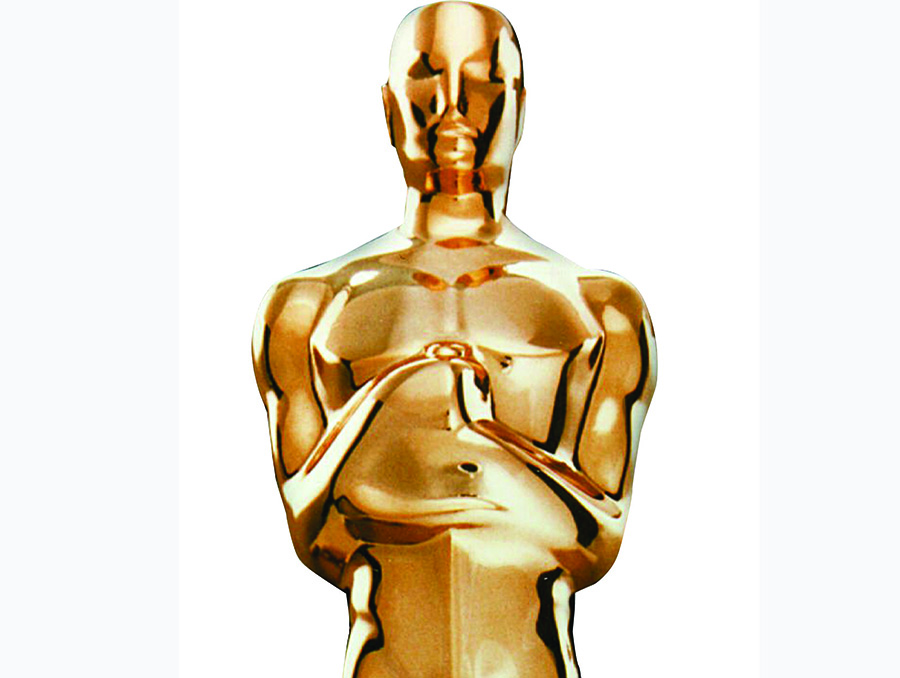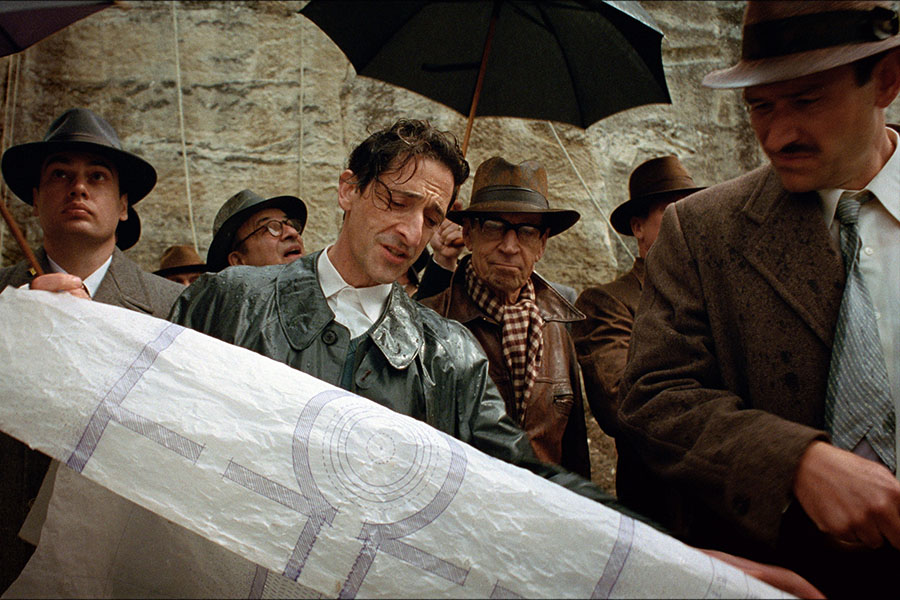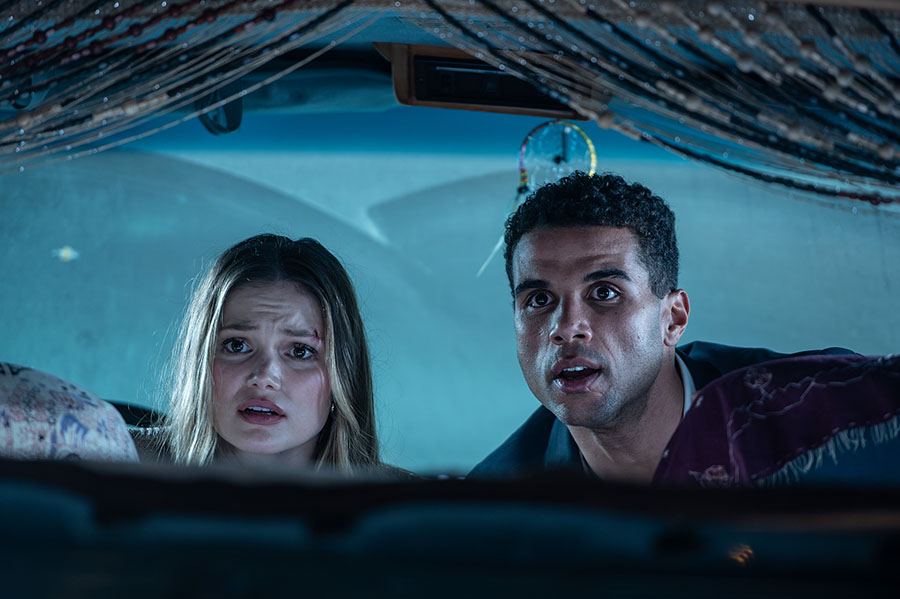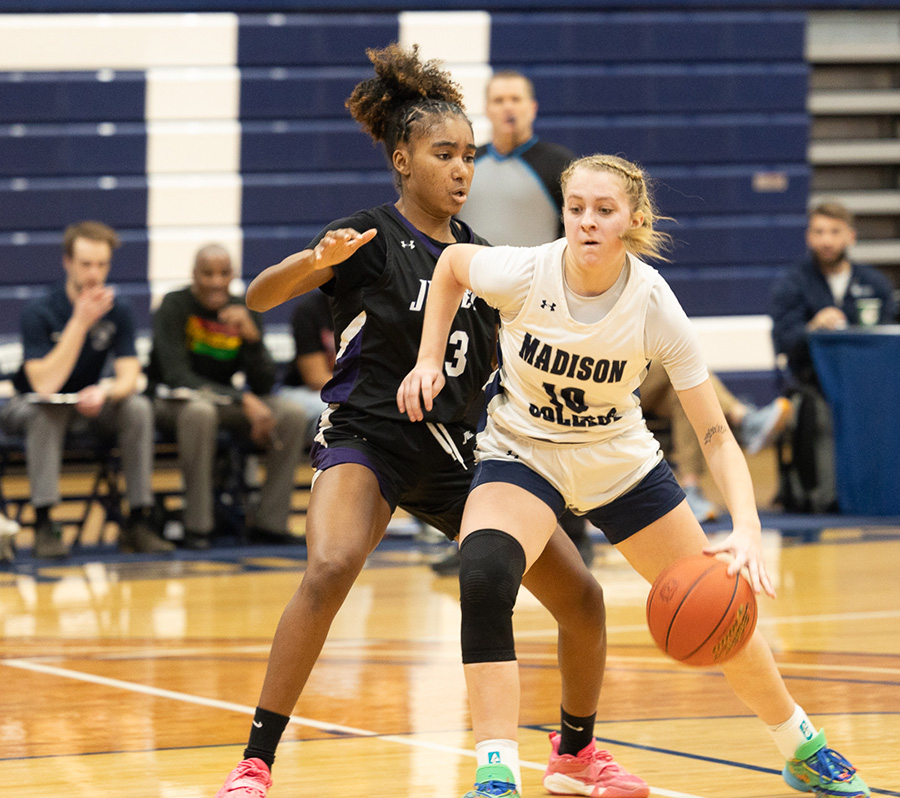Captain Marvel
Synergy between characters helps make this movie stand out
March 27, 2019
After 10 years, and 20 previous films, Marvel Studios has finally devoted a single movie to a female hero. Yay, progress! It’s important to remember that this installment in a multibillion-dollar franchise is ultimately as apolitical as the last 20.
For what it is worth, Captain Marvel’s gender doesn’t even break new ground. After all, DC beat Marvel to the punch in making a movie about a lady who’s good at punching. 2017’s “Wonder Woman” was the first female superhero film of the modern age, and in all aspects it was a resounding success, clearing the way for more like it.
“Captain Marvel” is a very different film from “Wonder Woman,” but as each is Disney and Warner Brothers’ only female superhero flick, they’re worth comparing.
Marvel’s film doesn’t quite reach the emotional highs of “Wonder Woman,” but its climactic showdown doesn’t look like it was shot on Playstation 3, either. That at least is a plus, but “Captain Marvel” just feels flatter, overall. The colors are flatter, the action is less stylized, and the music stands out on fewer occasions.
I suppose Wonder Woman has had three movies to establish her theme song, but even taking that advantage into account, it’s still one of the best superhero themes of the past decade. As I write this, the morning after seeing “Captain Marvel,” I can’t remember a single music cue.
Speaking of lost memories, Carol’s amnesia reads as a clunky way to give her a story arc. Since she starts the movie with the necessary skills, powers and costume to be a superhero, the only thing the writers can do to de-power her is to take her memory. Unfortunately, doing so also robs her quite literally of her humanity. It can be difficult to relate to Vers, until she starts to piece herself back together.
Certainly, there’s a way to write a compelling story involving loss of memory, the closest analogue is probably Hugh Jackman’s Wolverine, as seen in the early installments of the “X-Men” franchise. Jackman’s amnesiac works better than Brie Larson’s because he seems like a more complete person, even when he doesn’t know yet who that person is.
At this point, you might get the impression I don’t like the film. Trust me, it’s not all bland. The best parts of “Captain Marvel” come from the character interaction. Their outing as Oscar presenters hinted strongly of the friendship Brie Larson and Samuel L. Jackson built on the set of this movie, and it comes through on the big screen.
In this prequel, we see a younger, optimistic Colonel Nick Fury, which plays nicely off the battle-hardened and sassy Carol Danvers. This is their buddy cop movie, and they’re a joy to watch together.
Ben Mendelsohn has spent the past few years as Hollywood’s premiere angry man in a suit. Though he starts this movie as yet another iteration of that character he’s perfected, it’s refreshing to see his character literally transform over the course of the film.
Imbuing a shapeshifting alien with consistent characterization is no easy task, but it’s one Mendelsohn handles deftly. Though he spends much of his screentime alien-ified under prosthetics and green paint, he imbues Talos the Skrull with as much humanity as anyone in the cast.
Now that we’re 21 movies in, the expectations for Marvel entries are higher than when we started. Though the surely epic spectacle of “Avengers: Endgame” is only weeks away, it’s important to judge “Captain Marvel” by the standards of its origin story peers. It’s not the groundbreaking ride that “Iron Man” was, but it stands above the likes of “Thor,” or “Captain America.”
Much like the heist genre that kept Ant Man’s first entry fresh, the buddy cop elements elevate this movie beyond its expected limitations. It could’ve been little more than supplemental material for “Endgame,” but “Captain Marvel” stands on its own.
The film is a solid start, and her sequels will have room to improve now that the groundwork is laid. Like the binary glow of the heroine herself, the future of Captain Marvel is bright.






























